Key Points and Summary – Japan’s new Taigei-class (“Big Whale”) submarine, which entered service in 2022, represents a significant technological leap for its maritime force.
-Designed to succeed the Sōryū-class, its key innovation is the use of advanced lithium-ion batteries instead of traditional lead-acid batteries, providing much longer submerged endurance and faster recharging.
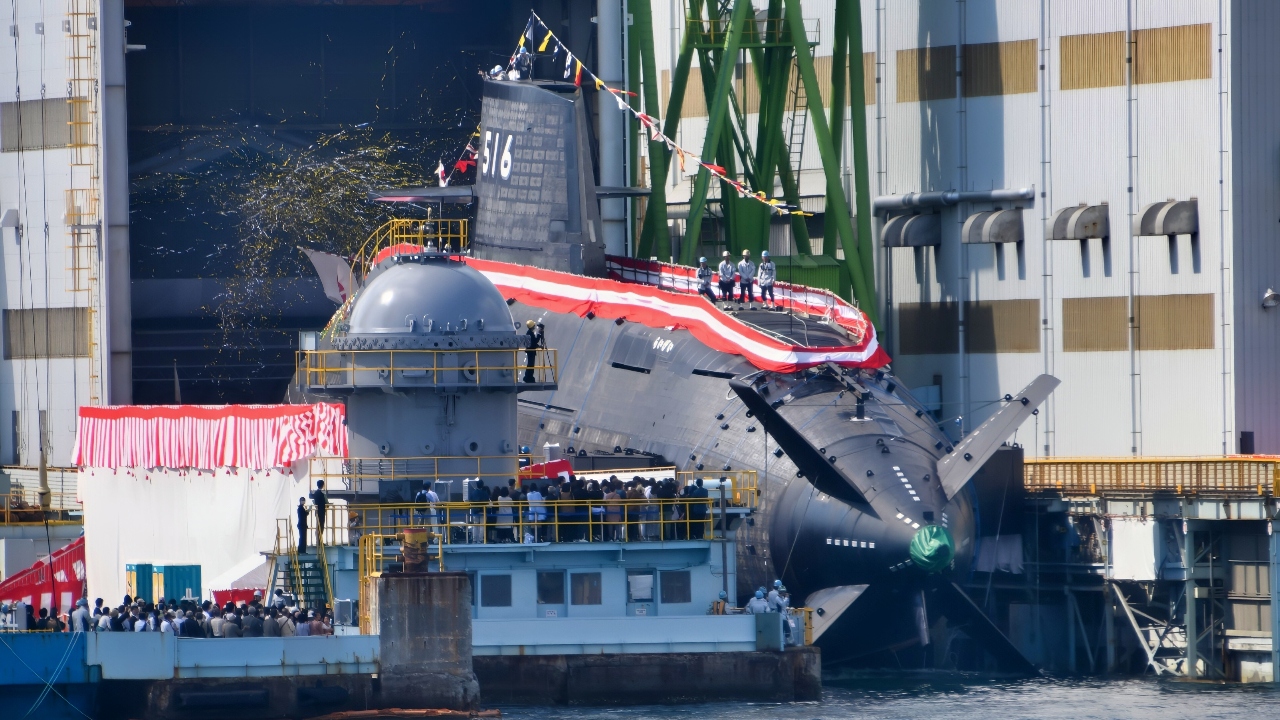
New Taigei-Class Submarine From Japan. Image Credit: Creative Commons.
-Built domestically by Mitsubishi and Kawasaki, the $690 million, 3,000-ton submarine features enhanced stealth, automation, and a powerful sonar suite to counter growing undersea threats from China and North Korea in the Indo-Pacific.
Japan’s Taigei-Class “Big Whale” AIP Submarine Explained
Japan’s newest conventional submarine program, the Taigei-class – whose first boat is named JS Taigei (ss-513), or “Big Whale” – represents a significant lead in the Japan Maritime Self-Defense Force’s (JMSDF) undersea capabilities.
Designed to succeed the Sōryū-class submarine, this new class incorporates advanced lithium-ion battery systems, enhanced stealth features, and automation. It’s a product of Tokyo’s push into deeper and longer-endurance submarine operations.
The massive leap in Japanese submarine technology comes amid intensifying maritime and undersea competition in the Indo-Pacific, especially amid the rise of China’s submarine fleet and North Korea’s submarine and missile threats.
From Sōryū to Taigei
The Sōryū-class diesel-electric attack submarine was for years the backbone of Japan’s conventional undersea fleet, with some of the later boats also adopting lithium-ion technology.
As Japan looked toward a “next-generation” submarine for the 2020s and beyond, the Taigei-class was developed to address enhanced undersea threats and to offer improved underwater endurance, reduced acoustic signatures, and greater automation.
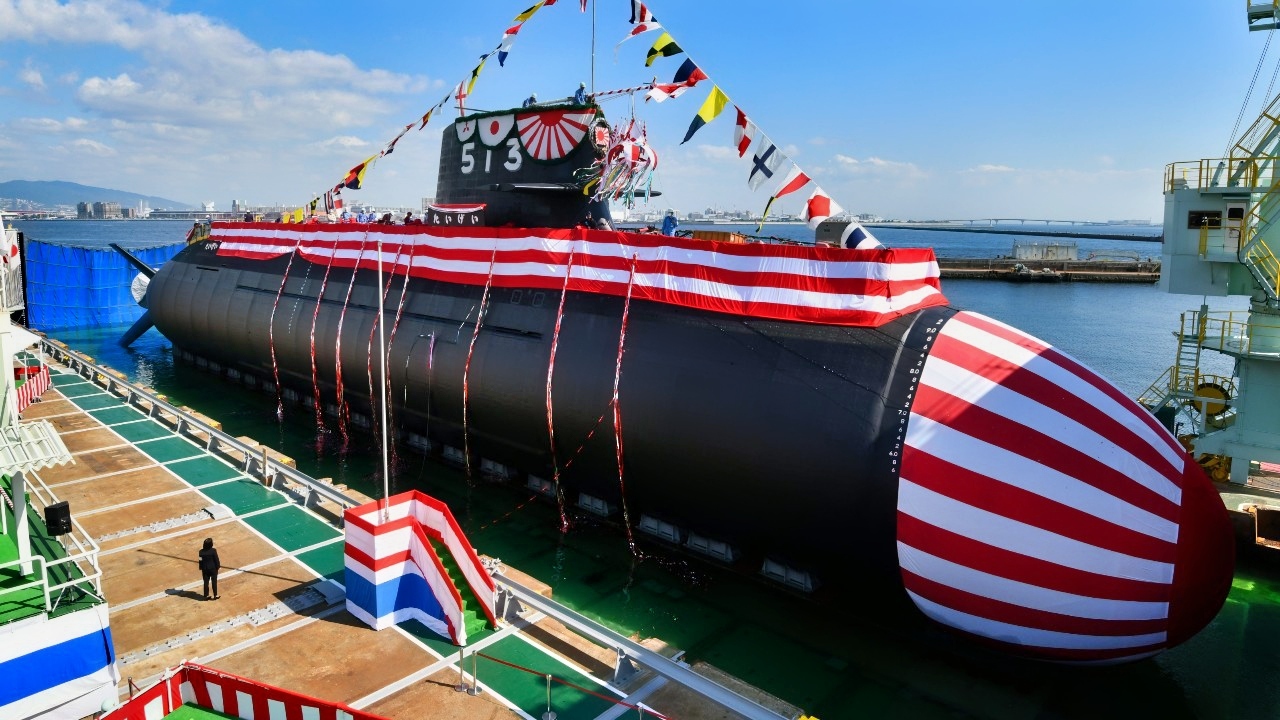
Taigei-Class Submarine from Japan. Image Credit: Creative Commons.
The lead boat of the new class was ordered in 2017, laid down in 2018, and commissioned in March 2022.
And as for the name, “Taigei,” meaning “Big Whale,” is part of a “whale” (gei) naming convention for submarines.
Technical Specifications
The Taigei-class measures roughly 84 meters in length and has a standard surface displacement of approximately 3,000 tons. It is designed ot be crewed by approximately 70 personnel at a time.
And the submarine’s new lithium-ion technology means it relies on lithium-ion battery banks rather than traditional lead-acid batteries, providing higher energy density and therefore longer submerged endurance.
The submarines also recharge more quickly and easily.
Its propulsion system, however, is diesel-electric—with the early versions of the boats using two Kawasaki 12V 25/25SB engines, and later versions moving to upgraded 12V 25/31 diesel engines.
The submarine’s hull incorporates acoustic absorbent material, a floating floor structure, and an X-shaped stern rudder designed for enhanced stealth and maneuverability.
In terms of weapons, the submarines feature six 533 mm bow torpedo tubes capable of launching Type 89 or newer Type 188 heavyweight torpedoes, as well as UGM-84 Harpoon anti-ship missiles.
Operational Role and Domestic Manufacturing
The new submarines are a crucial part of Japan’s new strategy to address its changing security environment.
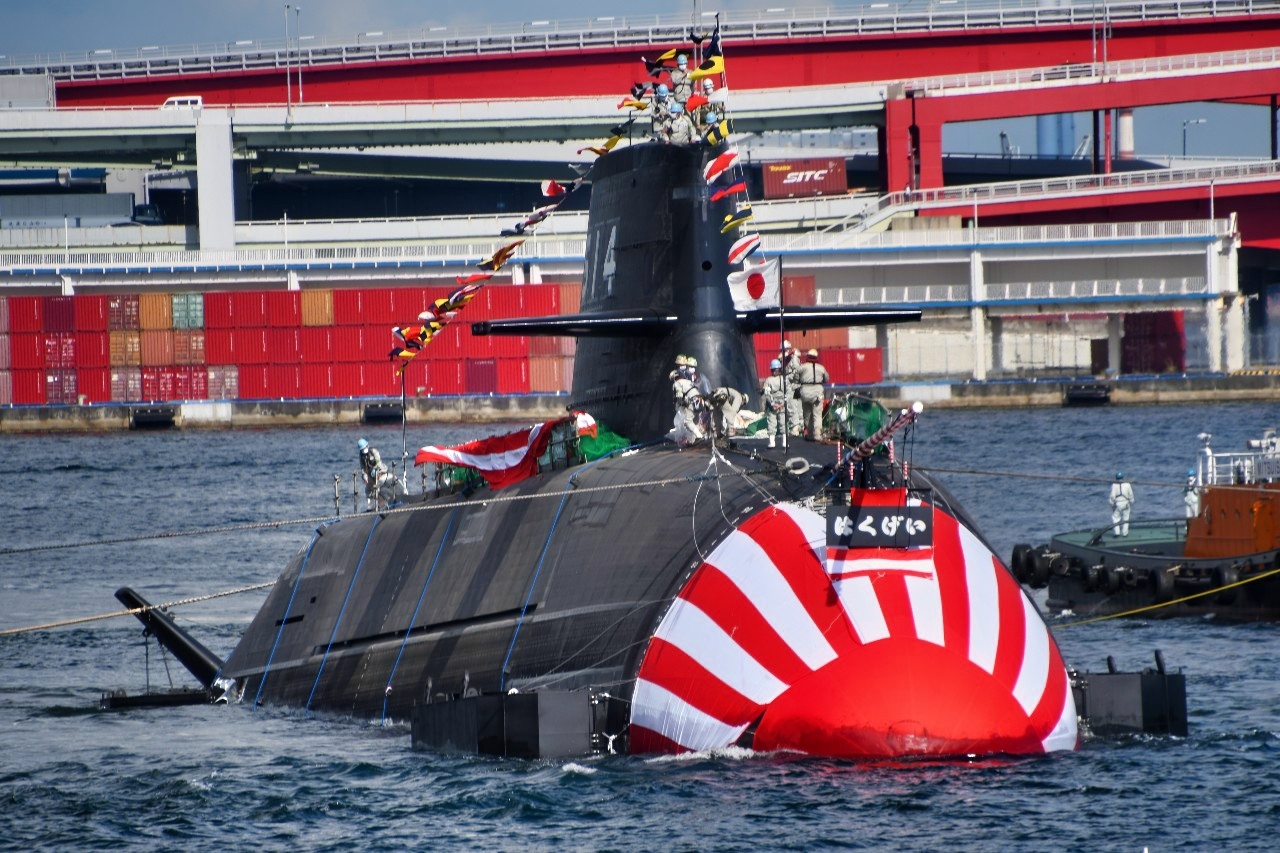
Taigei-Class Submarine from Japan. Image Credit: Creative Commons.
Specifically, they serve to help counter China’s naval expansion, North Korea’s submarine and missile activity, and contested maritime areas across the East China Sea and the Western Pacific.
The Taigei-class is a central part of the JMSDF’s undersea deterrence and surveillance efforts, and the shift to lithium-ion battery systems enables longer, stealthier patrols.
The new class is also expected to conduct anti-submarine warfare (ASW), intelligence operations, surveillance and reconnaissance, sea denial and area control, and to integrate with U.S. and allied undersea forces.
The increased underwater endurance of Japan’s submarine fleet also supports the country’s 2022 National Security Strategy and Defense Build-Up Plan, which focuses on building more resilient and autonomous maritime systems.
The Taigei-class is built by domestic companies—primarily Mitsubishi Heavy Industries and Kawasaki Heavy Industries. The project is the product of Japan’s long-standing sub-surface shipbuilding policy. The lead boat is expected to cost around ¥80 billion (roughly $690 million USD), and the Japanese government has budgeted for at least eight hulls in the class.
The decision to keep submarine construction at home and not lean heavily on foreign providers or manufacturers also helps preserve Japan’s defense-industrial base, maintain sovereignty over its undersea capabilities, and even project strength amid rising regional tensions.
How It Compares
When compared to its regional counterparts, like South Korea’s KSS-III or China’s Type 039C diesel-electric submarines, the Taigei-class stands out – specifically for its lithium-ion batteries.
Some analysts have also suggested that Taigei’s displacement could be even higher than 4,000 tons and include pump-jet propulsion—though these claims remain unverified.
The submarines fare well against the competition, but deployment strategy will also matter – and the simple fact that Japan will deploy a modern, stealthy conventional submarine reveals the country’s intent to deter undersea threats. And adversaries see that.
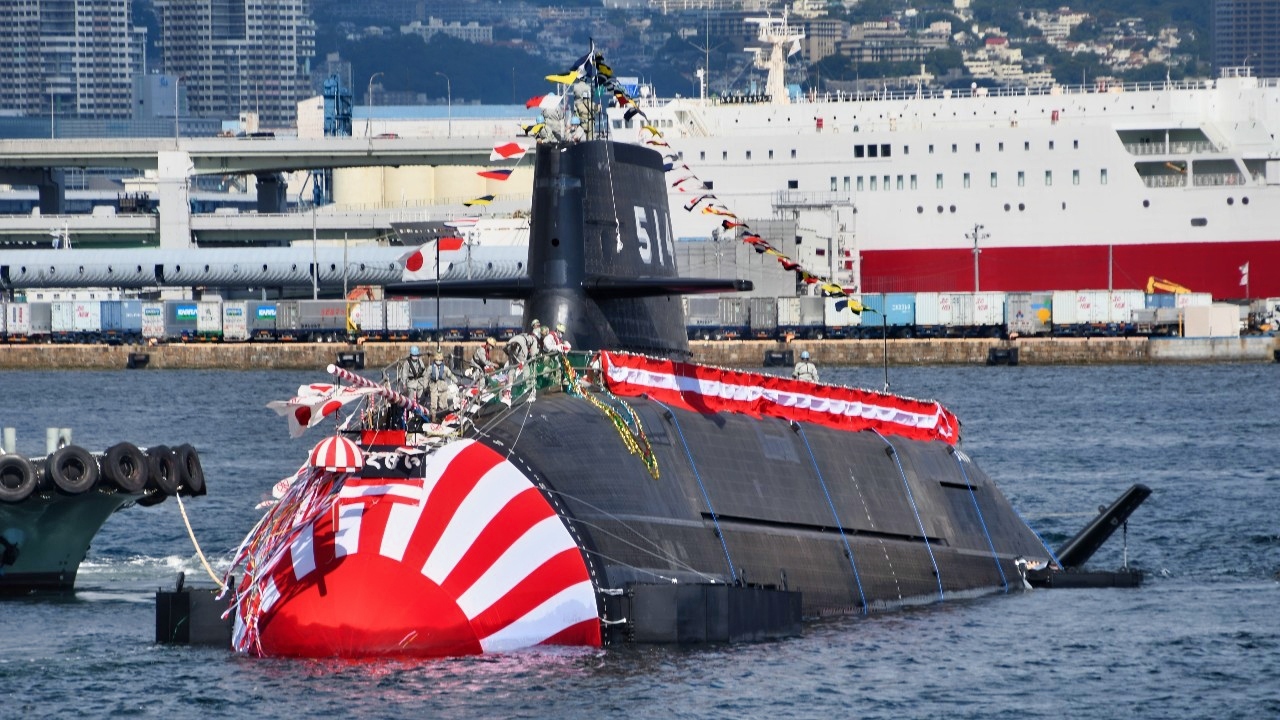
Taigei-Class Submarine Japan Navy. Image Credit: Creative Commons.
The Taigei-class “Big Whale” marks a significant jump in Japanese submarine technology as well as a broad transformation of Japan’s undersea force structure.
Using new batteries, advanced sensors, and increased modular automation, Japan will prove far more capable than it currently is of countering undersea threats, at a time when traditional surface vessels are being viewed as more vulnerable to modern military technologies.
In the coming decade, as more hulls enter service, the class will form the backbone of the JMSDF’s submarine arm.
About the Author:
Jack Buckby is a British author, counter-extremism researcher, and journalist based in New York. Reporting on the U.K., Europe, and the U.S., he works to analyze and understand left-wing and right-wing radicalization, and reports on Western governments’ approaches to the pressing issues of today. His books and research papers explore these themes and propose pragmatic solutions to our increasingly polarized society. His latest book is The Truth Teller: RFK Jr. and the Case for a Post-Partisan Presidency.
More Military
The ‘Super’ B-52J Stratofortress Bomber Is Coming
The Air Force’s ‘New’ B-1B Lancer Super Bomber Is Coming Soon
‘Flying Dorito’: The A-12 Avenger II Stealth Bomber Summed Up in 1 Word
Never Finished: USS Illinois Is the U.S. Navy’s ‘Scrapped’ Iowa-class Battleship
Floating Coffins: Meet the 5 Worst Aircraft Carriers Ever

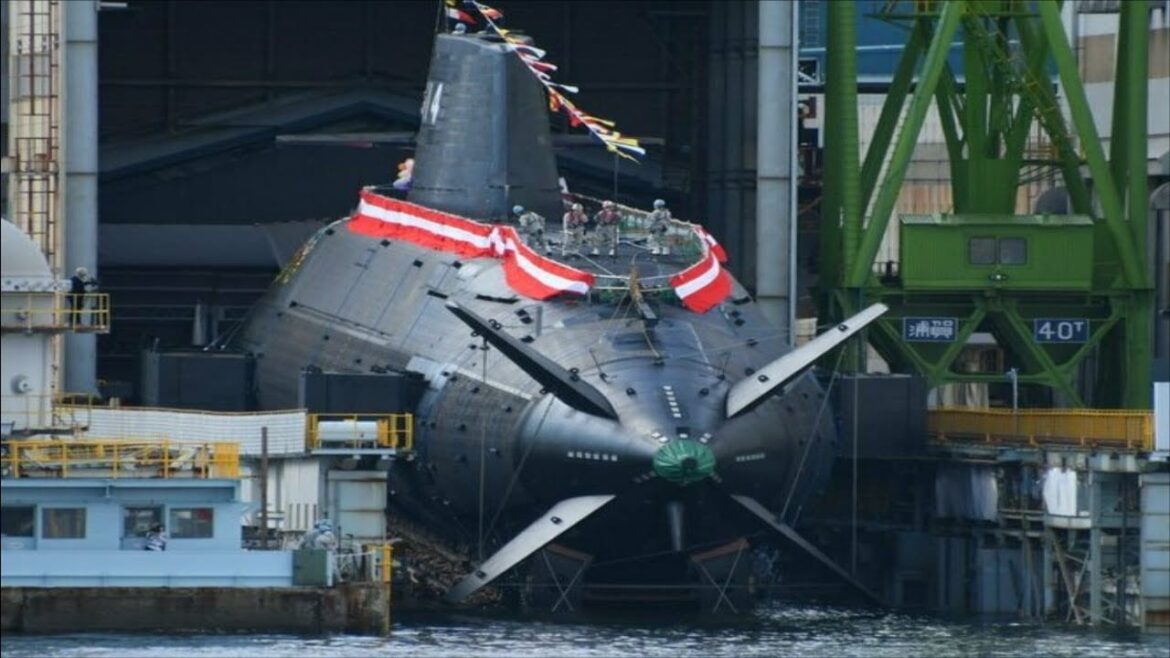
AloJapan.com